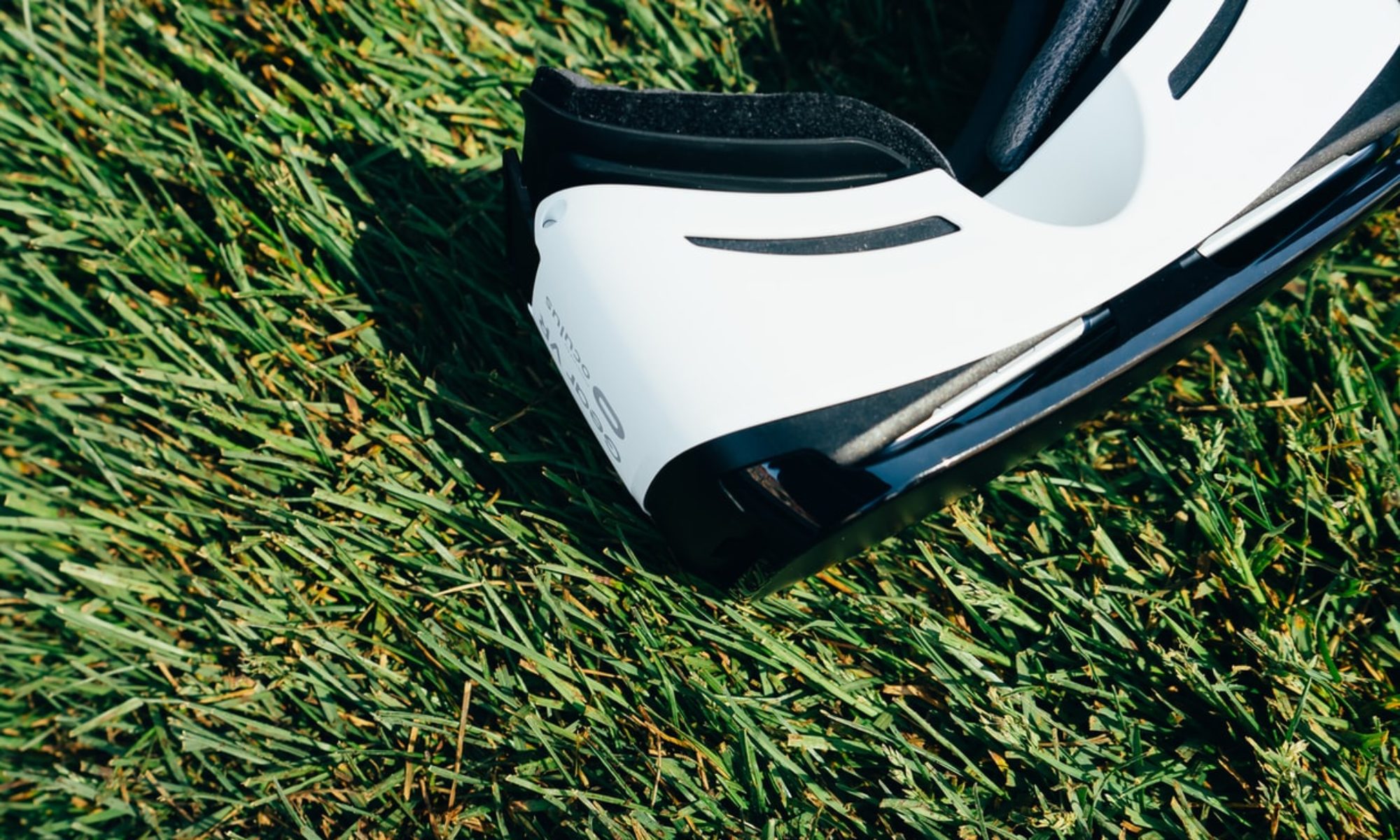The beautiful Google Earth program has gone Martian. The planet Mars is now explorable in full 3D (not just an overlay).
See Olympus Mons rise above the distant horizon or fly down Valles Marines in a full 3D projection. You can even follow the landers progresses, and view some of the panaromic high resolution shots just as the rovers Spirit or Opportunity saw them.
This video from the official “unoffical” Google Earth blog clearly shows of some of the best features:
Just download Google Earth, click on the planet button in the toolbar and select Mars. Some informative pictures here too:
http://www.gearthblog.com/blog/archives/2009/02/google_earth_5_the_new_google_mars.html
